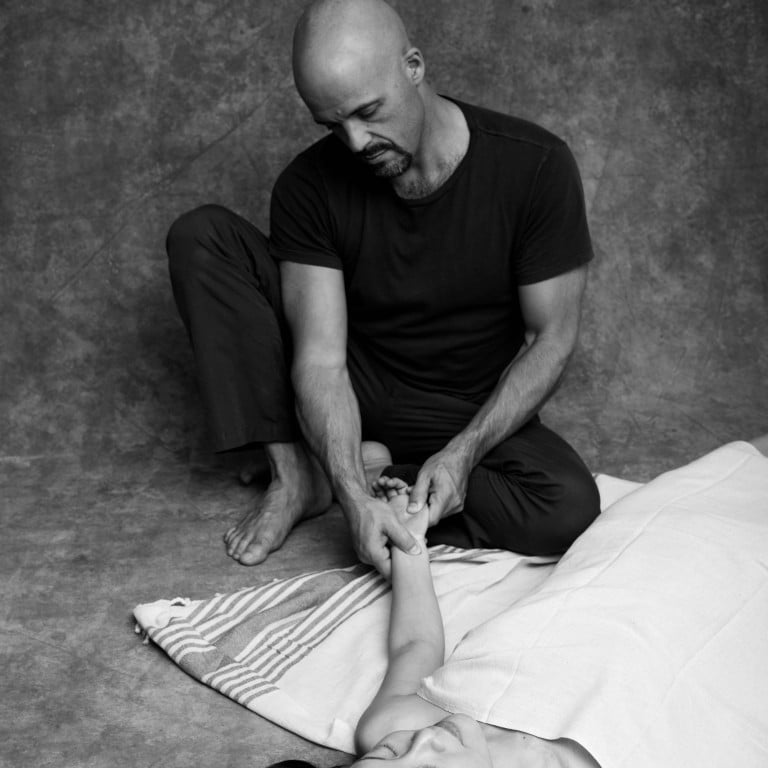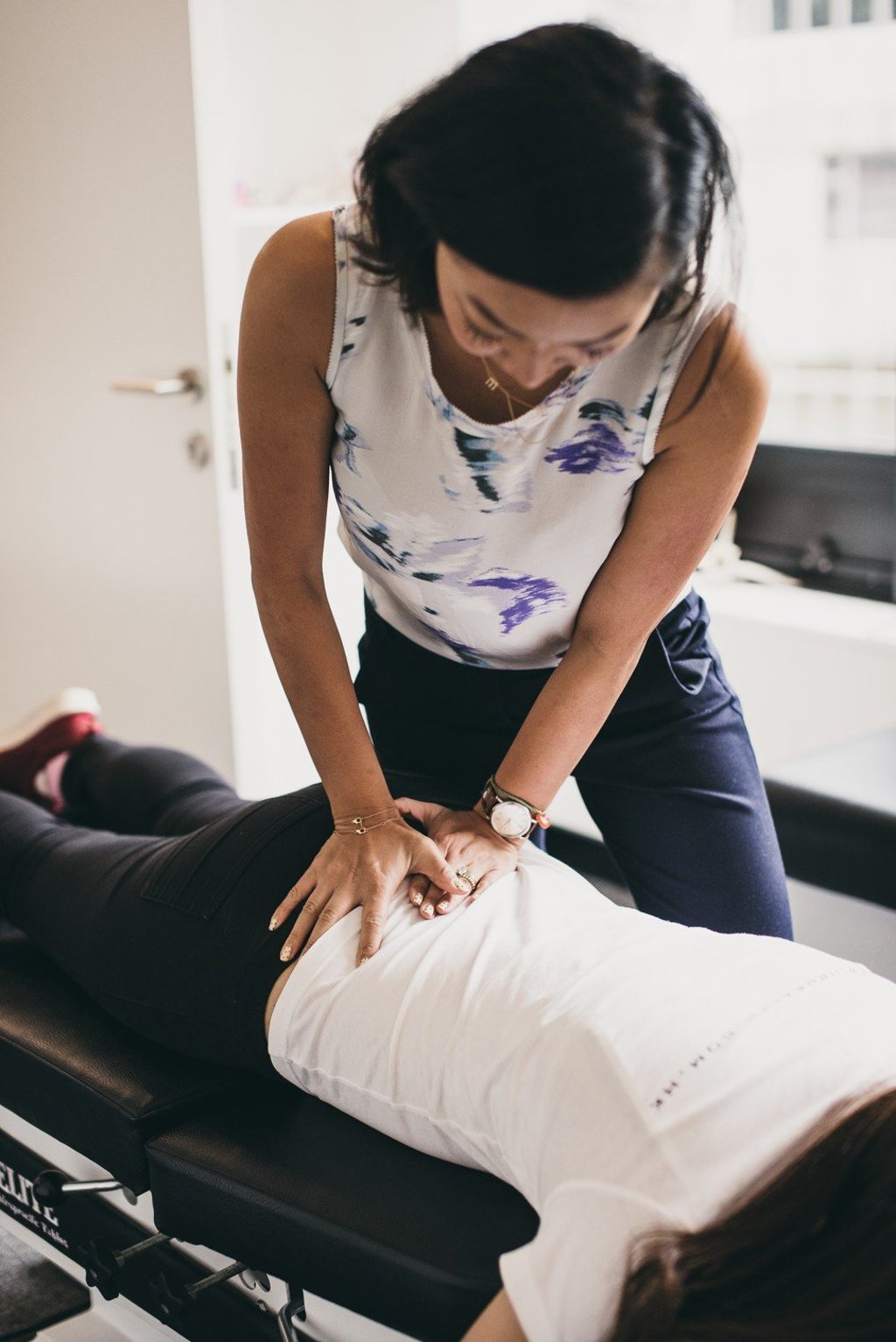Chiropractic, Zentherapy, craniosacral treatments: what are they, and why are more of us turning to such alternative therapies?

The holistic health and wellness craze has led to a surge of interest alternative therapies; three Hong Kong-based practitioners explain what chiropractic, Zentherapy and craniosacral treatments involve
Holistic health and wellness were the buzzwords of 2019, and there was a boom in alternative treatments such as acupuncture, craniosacral therapy and chiropractic medicine.
Neal Miller, a Los Angeles-based certified acupuncturist, told Healthline Media that “In the past few years many hospitals have included TCM acupuncture to treat many conditions, Cleveland Clinic, UCLA and Kaiser to name a few. Today the referrals are often from medical doctors and other health care providers and institutions … more than half of my patients see me as their primary health care provider and all accept me as part of their health care team.”
While acupuncture and chiropractic treatments have become more acceptable, other alternative forms of medical treatment such as Zentherapy, Rolfing and craniosacral therapy are relatively new to mass knowledge.
Zentherapy was founded by William “Dub” Leigh, who worked at the Esalen Residency Training programme in Big Sur, California as well as with Zen master Tanouye Rotaishi for seven years. Zentherapy is seen as a combination of Rolfing, neuromuscular reeducation and Rotaishi’s ki training. This is essentially a kind of massage therapy “in advanced practice”, according to findings in Complementary Medicine in Clinical Practice by David Rakel and Nancy Faass. This examination into advanced massages, including Rolfing, says that credible resources for massage therapies, such as The Touch Research Institutes at the University of Miami School of Medicine, have found these therapies beneficial for reducing stress “and its potentially damaging effects on the body”, including back pain, breast cancer, multiple sclerosis, as well as burn injuries.
Craniosacral therapy is a form of massage – or more like touch therapy – that also delves into energy work. NCBI research found that “positive clinical outcomes were reported for pain reduction and improvement in general well-being of patients” in research into the effects of craniosacral therapy, but there is still a lot of ground to cover in terms of research into the health benefits of these alternative therapies. One evaluation by chiropractic and manual therapies in 2006 suggested that craniosacral therapy should no longer be taught in osteopathy colleges until further evidence of its effectiveness, while further research by NCBI in 2012 revealed a “paucity of CST [craniosacral therapy] research in patients with different clinical pathologies”.
We break down three types of alternative therapies with the help of some Hong Kong-based practitioners.
Chiropractic
Registered chiropractor Dr Michelle Zhou McCulloch, who runs a clinic in Hong Kong, says: “Chiropractors are trained to address neuro-musculoskeletal complaints – this means nerve-related issues (such as sciatica, and pins and needles down your arm), muscle and joint-related pain (such as all types of spinal pain, knee pain, frozen shoulder and tendinitis). Chiropractic care does not involve taking medication or surgery, which makes it an effective treatment option for various physical pains that arise during pregnancy.
